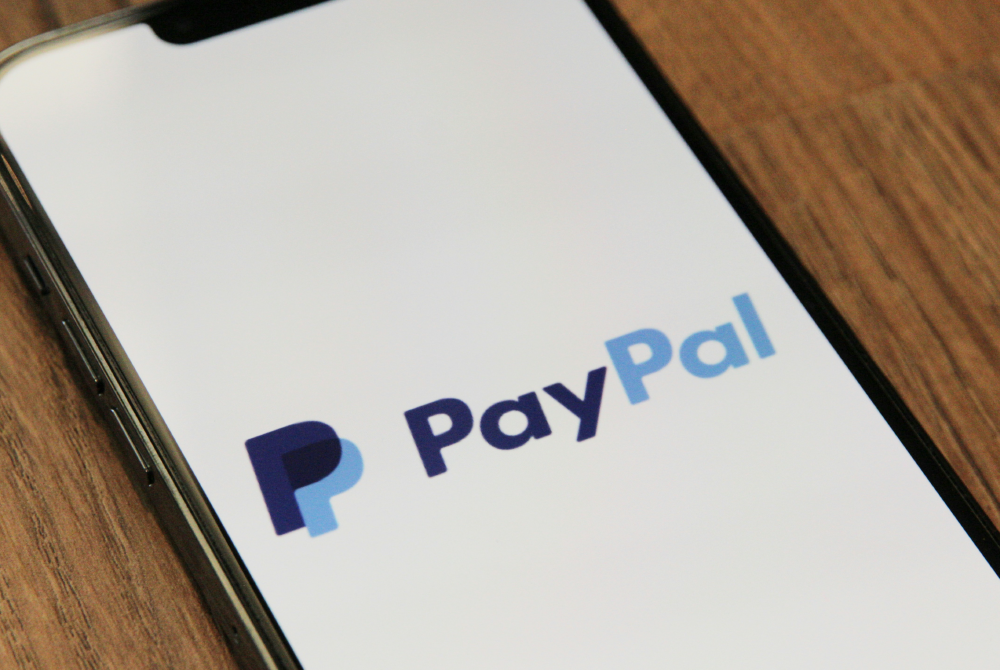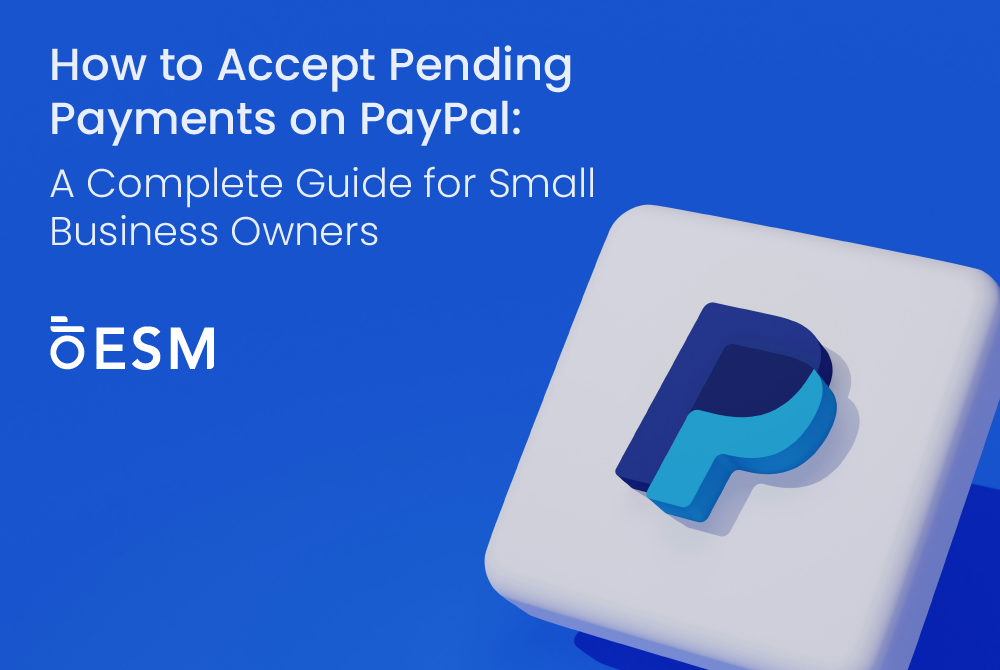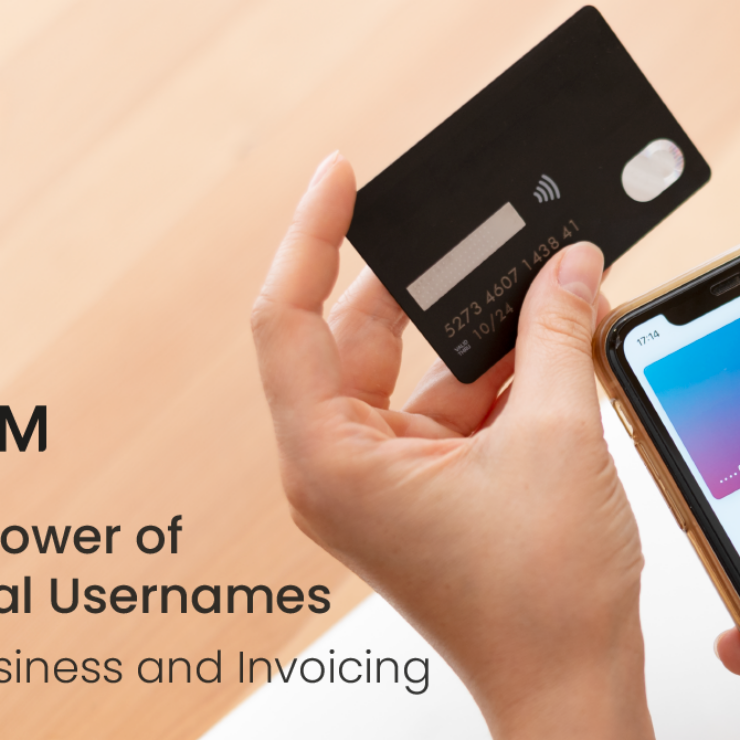“Learn how to accept pending payments on PayPal and streamline transactions with Essential Studio Manager.”
PayPal has become one of the most trusted platforms for handling online payments. It’s fast, reliable, and accepted worldwide. But if you’re a small business owner, especially if you’re new to the platform, handling pending payments might seem confusing. This guide will walk you through everything you need to know to accept pending payments on PayPal quickly and efficiently. By the end, you’ll be a pro at navigating these waters, ensuring that your transactions are smooth and your cash flow remains steady.
Why Are My Payments Pending?

Before diving into how to accept pending payments, let’s first understand why your payments might be pending in the first place. PayPal may hold payments for a variety of reasons, including:
- New Seller Status: If you’re a new seller, PayPal might hold your funds for up to 21 days to ensure that the transaction goes smoothly and to protect both buyers and sellers.
- Unusual Selling Patterns: If you’re selling more than usual, PayPal might put payments on hold to verify the transactions.
- Disputes and Chargebacks: If a buyer files a dispute or chargeback, the payment might be pending until the issue is resolved.
- Delayed Shipping: PayPal may hold funds until they confirm the item has been shipped and delivered.
- Verification Issues: If your account isn’t fully verified, you might experience payment delays.
Understanding these factors can help you avoid pending payments in the future. Now, let’s move on to how to accept these payments without hassle.
Step-by-Step Guide to Accepting Pending Payments
Accepting a pending payment on PayPal is straightforward if you know what to do. Here’s a step-by-step guide to help you through the process.
Step 1: Log into Your PayPal Account
First, log into your PayPal account. Ensure you’re using the correct email and password to avoid any login issues. If you have two-factor authentication enabled, have your mobile device handy to complete the process.
Step 2: Go to the “Activity” Tab
Once you’re logged in, head to the “Activity” tab. This section shows all your recent transactions, including pending payments. You can see the status of each payment under the “Status” column.
Step 3: Locate the Pending Payment
Scroll through your transaction history to locate the pending payment you want to accept. It will usually be marked as “Pending” or “On Hold.”
Step 4: Review Payment Details
Before accepting the payment, click on the transaction to review its details. Ensure everything is in order—check the amount, the buyer’s details, and the reason for the payment.
Step 5: Accept the Payment
After reviewing the details, look for the option to accept the payment. This may vary depending on why the payment is pending. Suppose the payment is pending due to a new seller hold. In that case, PayPal will automatically release the funds after 21 days or sooner if you provide tracking information showing the item has been delivered.
In some cases, you might need to take additional steps, such as:
- Marking the Order as Shipped: If the payment is pending due to shipping, you can speed up the process by marking the order as shipped in your PayPal account. To do this, go to the transaction details and select the “Mark as Shipped” option. You may need to enter the tracking information as well.
- Confirming Your Identity: If PayPal is holding the payment because your account isn’t fully verified, you’ll need to complete the verification process. This usually involves linking and confirming a bank account, adding a credit card, or providing additional identification documents.
Step 6: Monitor the Payment Status
After taking the necessary steps, keep an eye on the payment status. Depending on the situation, it should update from “Pending” to “Completed” within a few hours or days. Once the payment is completed, the funds will be available in your PayPal balance, and you can transfer them to your bank account or use them for other transactions.
Using Essential Studio Manager for Payment Management

Managing pending payments can be a hassle, especially if you’re running a busy business. That’s where Essential Studio Manager comes in. This powerful tool integrates with PayPal, allowing you to keep track of your payments, invoices, and client interactions all in one place.
Essential Studio Manager simplifies payment management by providing real-time transaction updates, automating invoice reminders, and even offering tools to help you resolve payment disputes. It’s a must-have for small business owners who want to streamline their operations and focus on growing their businesses.
How Essential Studio Manager Helps with PayPal Payments
- Automated Invoicing: Create and send professional invoices directly through Essential Studio Manager, which can be linked to your PayPal account for seamless payment processing.
- Payment Tracking: Manage all your PayPal payments in one dashboard. You’ll see which payments are pending, completed, or on hold, allowing you to take action quickly.
- Client Communication: Essential Studio Manager lets you communicate directly with clients about their payments within the platform, reducing the need for back-and-forth emails and potential miscommunication.
- Payment Reminders: Set up automated reminders for clients with pending payments. This feature helps ensure you get paid on time and reduces the likelihood of payments being held or delayed.
Tips for Avoiding Pending Payments in the Future

While pending payments can be a temporary inconvenience, there are steps you can take to minimize the chances of encountering them in the future.
1. Verify Your Account
Make sure your PayPal account is fully verified. This includes linking a bank account or credit card, providing necessary identification documents, and confirming your email address.
2. Maintain a Consistent Selling Pattern
Avoid drastic changes in your selling pattern, such as suddenly selling high-value items or many items in a short period. Gradually increasing your sales volume can help prevent PayPal from placing holds on your payments.
3. Provide Accurate Shipping Information
Always enter accurate and complete shipping information, including tracking numbers. This helps PayPal confirm delivery and release payments sooner.
4. Keep Communication Open with Buyers
If a buyer has concerns about their purchase, encourage them to contact you directly instead of filing a dispute. Prompt and clear communication can help resolve issues before they escalate to the point where PayPal places a hold on the payment.
5. Use Essential Studio Manager
Incorporate Essential Studio Manager into your workflow to better track your transactions and client interactions. This tool can help you avoid common pitfalls that lead to pending payments and streamline your overall business operations.
Conclusion
Pending payments on PayPal can be a frustrating experience, especially for small business owners who rely on steady cash flow. However, by understanding why payments are pending and knowing how to accept them, you can easily navigate this challenge.
Remember, tools like Essential Studio Manager can be game-changers for your business. They can help you manage payments more effectively and reduce the likelihood of encountering issues in the future.
Following the steps outlined in this guide will better prepare you to handle pending payments, keep your clients happy, and ensure that your business runs smoothly. Happy selling!
FAQs About Accepting Pending Payments on PayPal
1. Why is my payment still pending after I’ve marked the order as shipped?
Payments can remain pending for a few reasons, even after marking an order as shipped. PayPal might be waiting for delivery confirmation from the shipping provider. Also, if the buyer hasn’t confirmed receipt of the item, the payment might stay pending until the confirmation is received or the 21-day hold period ends.
2. How can I speed up the release of a pending payment?
You can speed up the process by providing tracking information for shipped items. Once PayPal confirms delivery, the payment may be released sooner. Ensure your account is fully verified to avoid additional holds.
3. What should I do if a buyer files a dispute while my payment is pending?
If a buyer files a dispute, PayPal will hold the payment until the issue is resolved. Communicate with the buyer to resolve the issue quickly. Provide evidence to support your case, such as proof of shipment or delivery. The payment will be released if the dispute is resolved in your favor.
4. Can I cancel a pending payment?
As a seller, you can’t cancel a pending payment. However, buyers can cancel payments marked as “unclaimed.” If a buyer wants to cancel, advise them to check their PayPal account and cancel the transaction from their end.
5. What happens if I don’t accept a pending payment?
If a payment remains pending and you don’t take the necessary steps to accept it, PayPal may automatically cancel the transaction after a certain period, usually 30 days. This could lead to delays in receiving funds or even the loss of the payment entirely.
6. Does PayPal charge fees for accepting pending payments?
PayPal’s standard transaction fees apply to all payments, including pending ones. There’s no additional fee for accepting a pending payment, but be aware of the usual fees for receiving payments on the platform.
7. Can I accept partial payments if the total amount is pending?
No, PayPal doesn’t allow you to accept partial payments if the total amount is pending. You need to take the necessary steps to release the entire payment.
8. Why is my payment pending even though my account is verified?
Sometimes payments may still be pending even if your account is verified. This could happen due to buyer behavior, shipping delays, or unusual account activity. Always check the transaction details and take appropriate action to resolve any issues.




